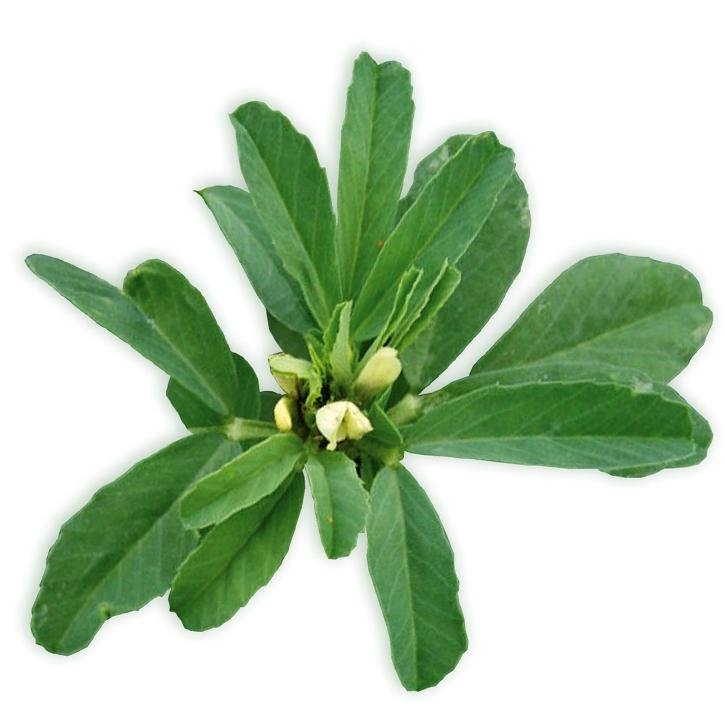Erect annual herb, 30-
Fenugreek is a native to western Asia, currently has a
The seeds.
*** Fenugreek is used in cooking and cosmetics for its aroma.
It is also used to provide diosgenin to industry, the base for steroidal hormones hemi-synthesis.
Plantas medicinales y drogas vegetales para infusión y tisana. Edición española a cargo de S. Cañigueral, R. Vila y M. Wichtl. 1998.
Catálogo de plantas medicinales. Consejo General de Colegios Oficiales de Farmacéuticos. 2003.
Fitoterapia aplicada. J.B. Peris, G. Stübing y B. Vanaclocha. Colegio Oficial de Farmacéuticos de Valencia 1995.
Fitoterapia. Vademecum de prescripción. B. Vanaclocha y S. Cañigueral. Masson, 4ª edición.
PDR for Herbal Medicines. Medical Economics Company, Montvale Second Edition, 2000; pp304-5.
Blumenthal M., Goldberg A, Brinckmann J. Herbal Medicine, Expanded Commission E Monographs. Integrative Medicine Communications, Newton. First Edition, 2000, pp 130-3.
Botanical Influences on Illness. Melvin R., Werbach MD., Michael T Murray ND. Third Line Press.
